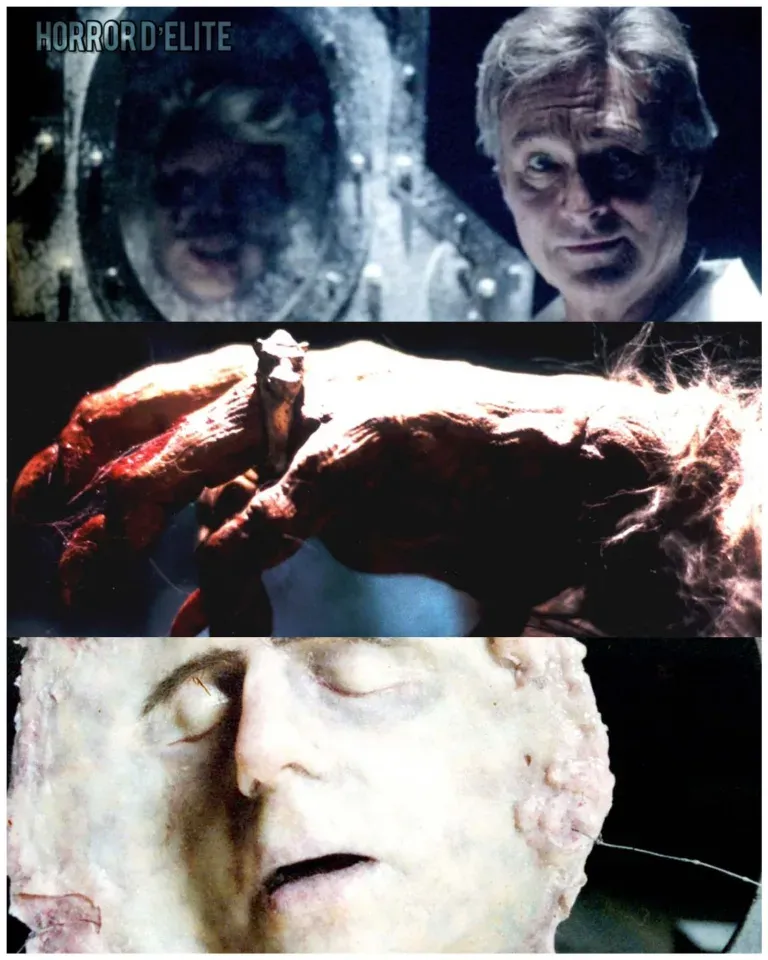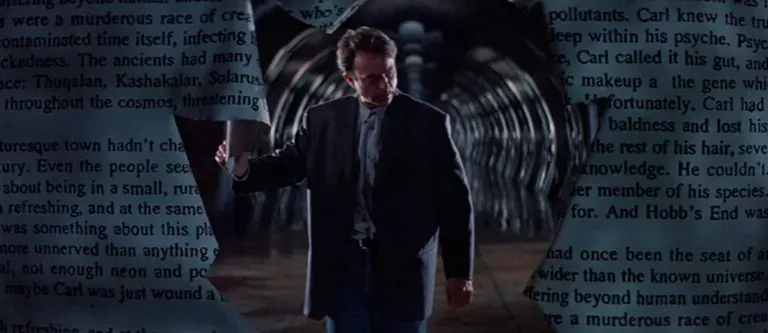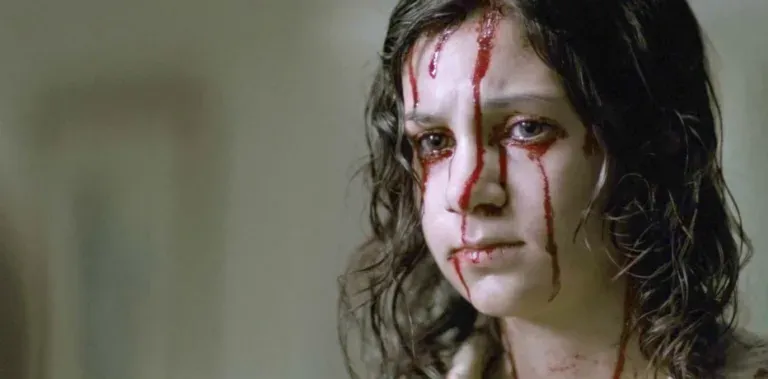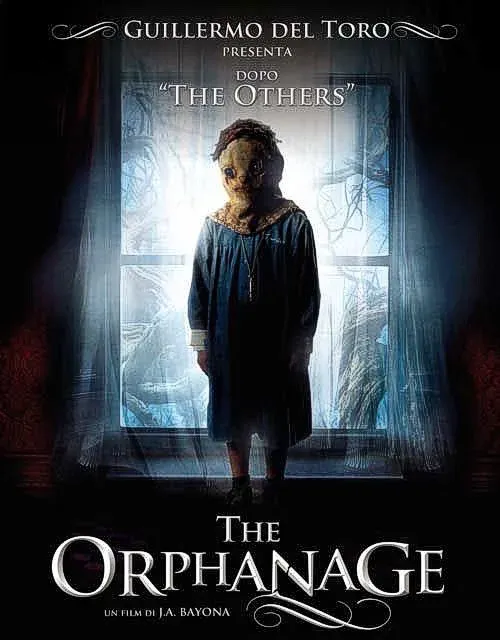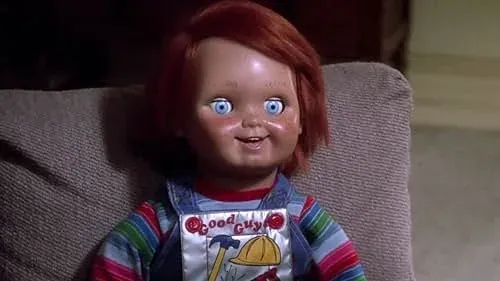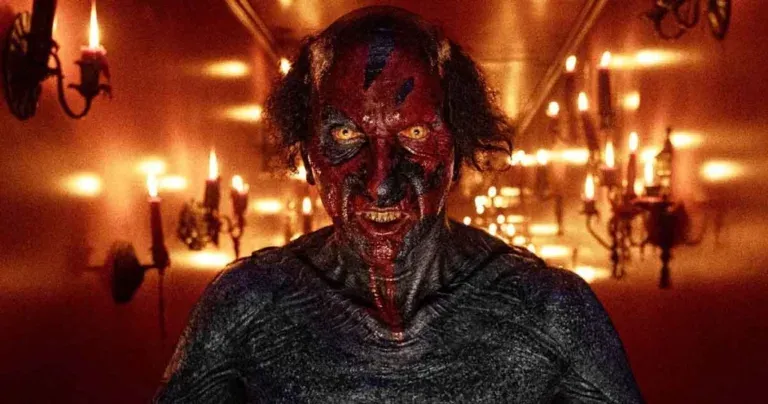Interview with the Vampire: The Vampire Chronicles
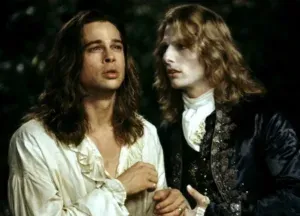 Interview with the Vampire: The Vampire Chronicles
Interview with the Vampire: The Vampire Chronicles
by Neil Jordan (1994)
The vampire Louis de Pointe du Lac confesses his story to journalist Daniel Molloy during an interview.
Quote.
I am flesh and blood, but I am not human. I have not been human for two hundred years.
 Louis’s Humanity.
Louis’s Humanity.
You can die only once or multiple times. It depends on your point of view. Remorse and torment are incredibly real when you don’t accept your own nature. It is like a slow, endless agony through the centuries, with no remedy.
At first, Louis obstinately searches for a cure, an alternative path. He feeds on rats and dogs to avoid taking human lives. But hunger grows uncontrollably, and Lestat is there, with his ironic and disdainful smirk, constantly reminding him. Resistance is futile; you cannot escape your own nature.
Is there a curse worse than this?
 Considerations.
Considerations.
Neil Jordan directs this film, now a classic, that stands out for its gothic and dark atmospheres, combined with meticulous attention to historical and scenic details.
In this regard, the reconstruction of 18th-century New Orleans is truly remarkable and impressive, thanks in particular to Philippe Rousselot’s notable cinematography. The city becomes the perfect setting for the nightly rampages of the two protagonists searching for blood as nourishment. Additionally, Sandy Powell’s perfectly crafted costumes contribute to the film’s formal elegance and refinement.
*Interview with the Vampire* is based on the novel by Anne Rice and tackles complex themes such as mortality, loneliness, love, and redemption. However, the most fascinating reflection undeniably revolves around Louis, eternally torn between nostalgia for his human past and the acceptance of his new predatory and “vampiric” nature.
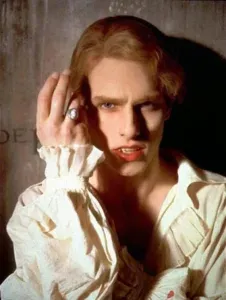 And it is the actors who provide memorable performances, despite some production issues.
And it is the actors who provide memorable performances, despite some production issues.
Tom Cruise had to convince a skeptical Anne Rice, and in fact, he was a third choice, after rejections by Jeremy Irons, Johnny Depp, and Tom Hanks. To prepare, he spent many hours watching documentaries about lions hunting zebras. The final result, however, was noteworthy.
Brad Pitt was even tempted to leave the set, exhausted by the long makeup sessions and the number of night scenes. In the end, he stayed to avoid paying a hefty penalty.
Kristen Dunst was also brilliant in the role of Claudia, despite her young age, and Christian Slater played journalist Molloy, stepping in after River Phoenix’s tragic passing early in production.
 Conclusions.
Conclusions.
Interview with the Vampire is a technically and formally remarkable film.
However, there is a sense that the project progresses with the handbrake on. This is noticeable in some details, for example, the reluctance to address the homosexual undertones present in the novel, which are barely hinted at in the film. Notably, the age of Armand (played by Banderas) was changed from the book, where he was barely eighteen. The same fate befell Claudia, who was a six-year-old in the novel but became a teenager in the film. There was even a proposal to turn Louis into a female character to avoid the idea of a family consisting of two men and a child, considered offensive by the producers. Cher and Anjelica Huston were rumored, but Rice’s staunch opposition prevented these changes.
Despite all of this, *Interview with the Vampire* remains a classic that has provided one of the most important portrayals of vampires in modern culture.
It has also influenced the aesthetics of future vampire films and TV series.
 Subscribe to our YouTube channel
Subscribe to our YouTube channel
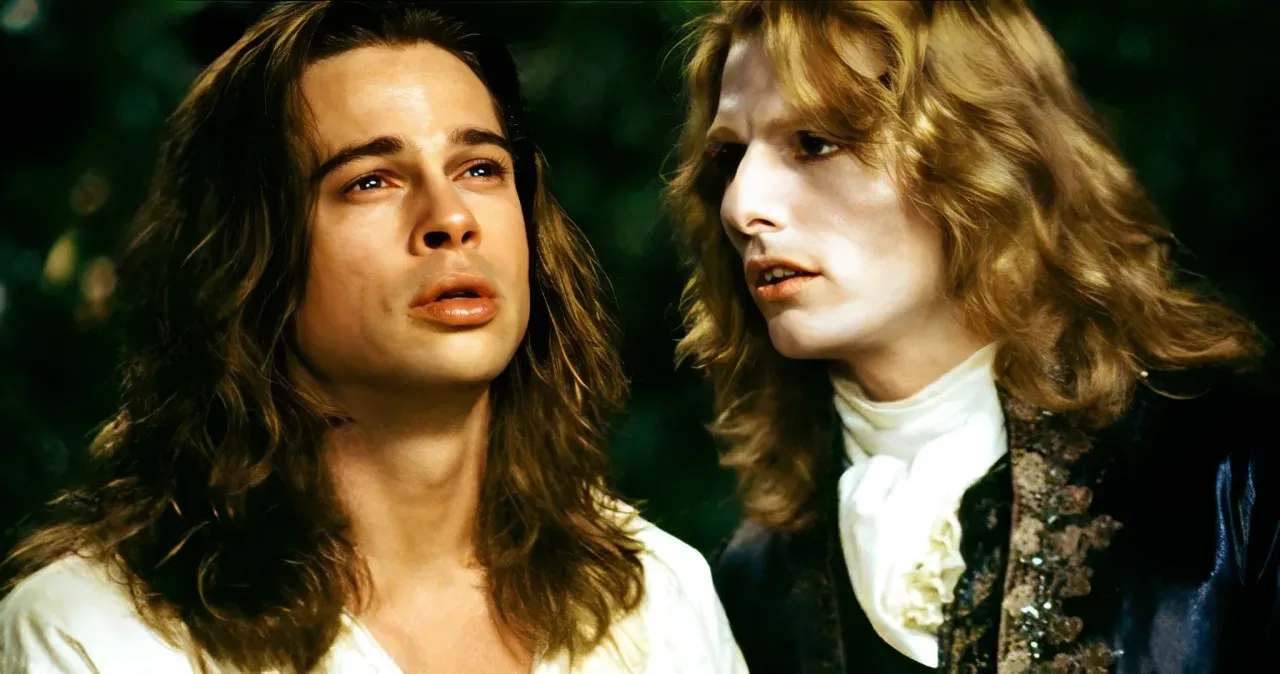
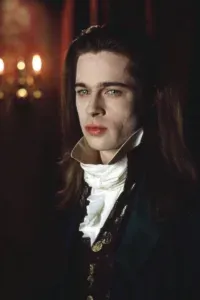 Louis’s Humanity.
Louis’s Humanity.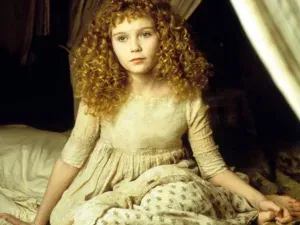 Considerations.
Considerations.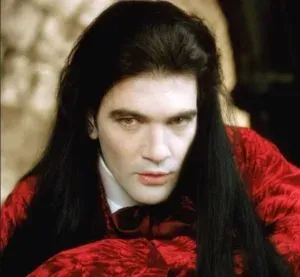 Conclusions.
Conclusions.